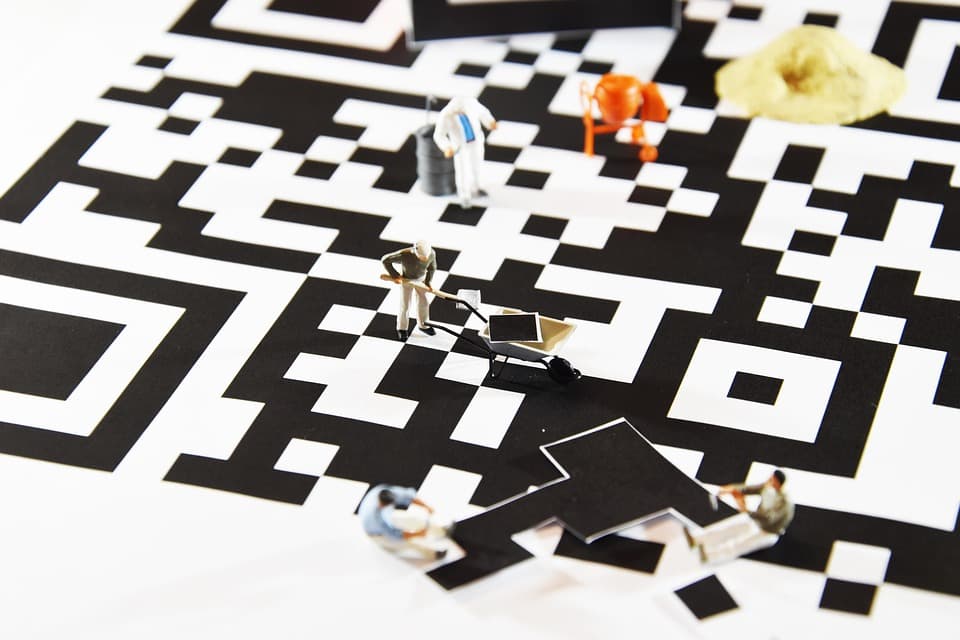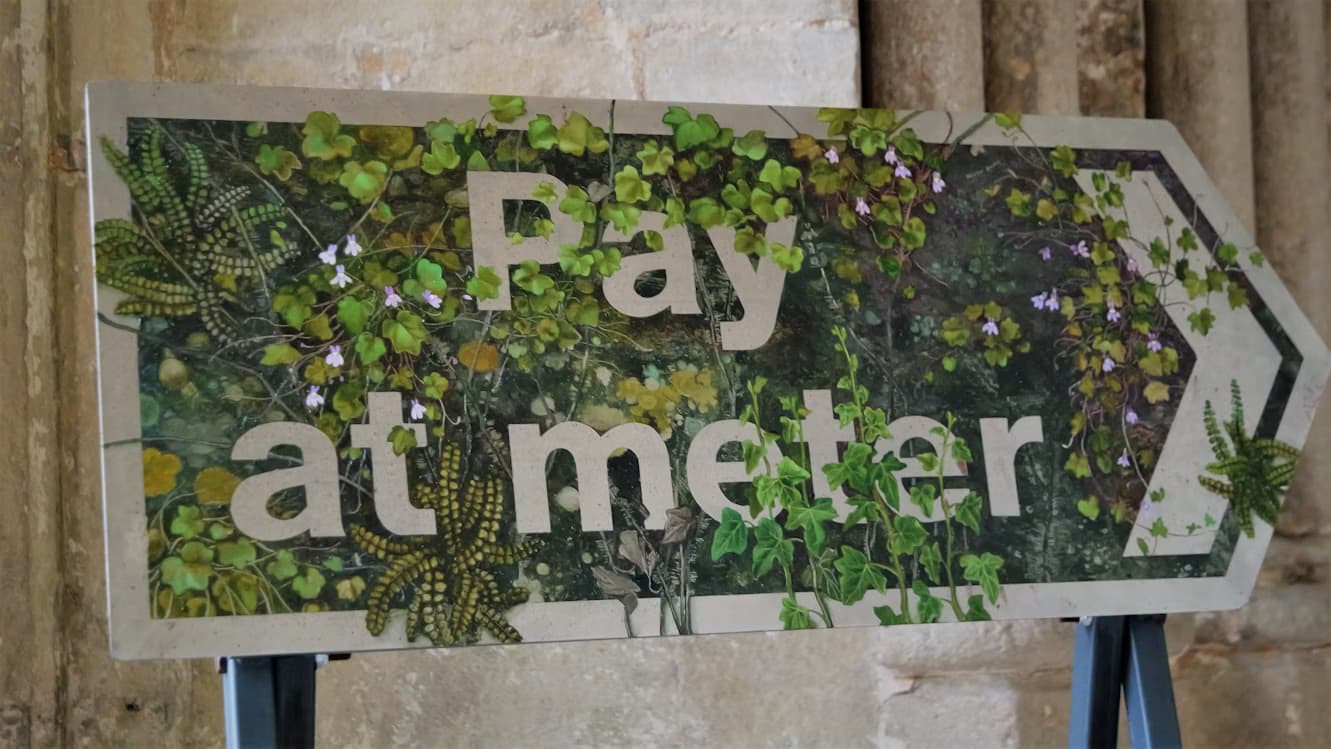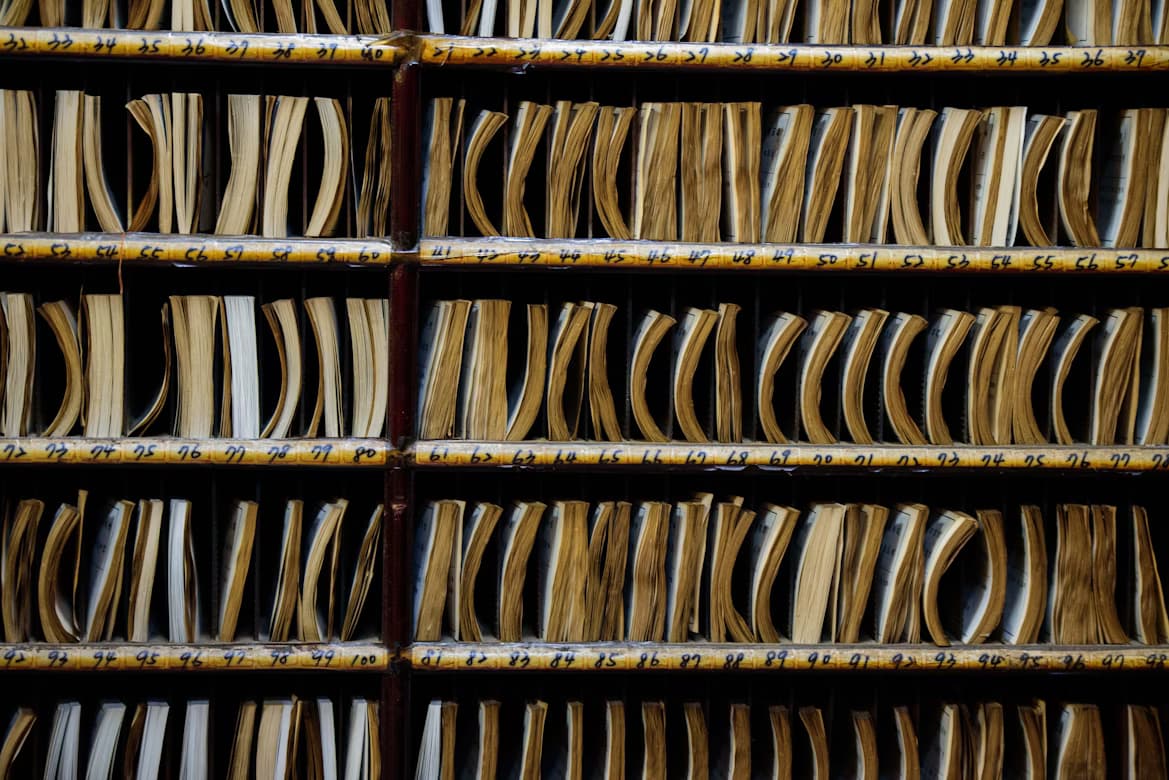QR invoice: everything you need to know about the new Swiss payment slip

Introduction
Since 30 September 2022, the old orange and red BVR payment slips are no longer accepted in Switzerland. They have been replaced by the QR invoice, a new payment standard that modernises Swiss invoicing.
The change may seem technical, but it genuinely simplifies life for businesses and their customers. Gone are the days of manually entering reference numbers, payment errors or illegible information. With the Swiss QR Code, all the data required for payment is encoded in a simple barcode.
For SMEs, freelancers and self-employed professionals, this transition raises practical questions: how do you create a compliant QR invoice? Do you need a new bank account? Which software should you use? How can you ensure your customers will be able to pay easily?
This guide explains everything you need to know about the Swiss QR invoice. You'll discover how it works, the types of references available, the mandatory elements to include, and how to adopt it in practice in your business. Whether you invoice a few customers per month or hundreds, you'll have all the keys for a successful transition and compliant invoices that meet Swiss standards.
📌 Summary (TL;DR)
The QR invoice has replaced BVR payment slips in Switzerland since 2022. It contains a Swiss QR Code that encodes all payment information, thereby simplifying transactions and reducing errors. To adopt it, check the compatibility of your tools, obtain a QR-IBAN if necessary, and configure your invoicing software to generate compliant QR invoices with the required mandatory elements.
📚 Table of contents
- What is the QR invoice?
- Why Switzerland switched to the QR invoice
- How the Swiss QR Code works
- The three types of payment references
- Creating a compliant QR invoice: mandatory elements
- How to adopt the QR invoice in your business
- QR invoice and automatic bank reconciliation
- Frequently asked questions about the QR invoice
What is the QR invoice?
The QR invoice is the new Swiss payment slip that replaces the old BVR and BVR+ slips. It consists of a standardised payment section containing a Swiss QR Code and all the information necessary for payment.
The format complies with the international ISO 20022 standard, guaranteeing compatibility with the entire Swiss banking system. The QR code encodes the payment data (IBAN, amount, reference, creditor), whilst the printed section remains readable for verification.
This system facilitates electronic payments whilst maintaining the possibility of manual processing if necessary.
Why Switzerland switched to the QR invoice
The old BVR and BVR+ payment slips stopped working on 30 September 2022. This transition is part of the modernisation of the Swiss payment system.
The QR invoice meets several objectives: harmonisation with European ISO 20022 standards, digitalisation of payment processes, reduction of manual entry errors and simplification of financial flows.
This standardisation benefits the entire Swiss economy by accelerating transactions and facilitating automatic payment reconciliation.
How the Swiss QR Code works
The Swiss QR Code encodes all payment information in a structured format: IBAN or QR-IBAN, amount, currency, payment reference, creditor details and optionally debtor details.
There are two types of IBAN: the QR-IBAN (recognisable by its specific identification number) used with QR references, and the standard IBAN for other types of references.
The code can be scanned directly via a mobile banking application or read by accounting software. The information also remains printed in clear text to allow manual entry if needed.
The three types of payment references
The Swiss QR invoice accepts three types of references according to your reconciliation needs. Each type corresponds to a specific use and determines the type of IBAN to use.
The choice depends on invoice volume, your accounting system and your customer base. All options guarantee compliance with Swiss standards.
QR-Reference (QRR)
The QR-Reference is a structured reference of 27 numeric characters, the modern equivalent of the BVR reference number. It requires a QR-IBAN.
This type is perfectly suited to businesses issuing a high volume of invoices. The reference enables automatic reconciliation of payments with the corresponding invoices.
The numbering follows a precise logic including a customer number and an invoice number, facilitating accounting tracking.
Creditor Reference (SCOR)
The Creditor Reference complies with the international ISO 11649 standard. It accepts alphanumeric characters and numbers, with a maximum of 25 characters.
It is used with a standard IBAN and represents an internationally recognised standard. This option is particularly suitable for businesses working with foreign customers.
The international format facilitates cross-border exchanges whilst remaining compliant with Swiss requirements.
Without structured reference
It is possible to create a QR invoice without a structured reference for simple or one-off payments. A free message can accompany the invoice.
This option is suitable for small organisations issuing few invoices or for exceptional transactions. Reconciliation then requires manual processing.
Despite the absence of a reference, all other payment information remains encoded in the QR code.
Creating a compliant QR invoice: mandatory elements
A compliant QR invoice must include several mandatory elements. The payment section contains the title "Payment section" and the Swiss QR Code.
The creditor information includes full name and address. The IBAN or QR-IBAN must be valid. The amount and currency (only CHF or EUR) must be specified.
The debtor details remain optional but are strongly recommended to facilitate payment. The reference depends on the type chosen (QRR, SCOR or without reference).
To find out all the mandatory legal information on your invoices, consult our comprehensive guide on the subject.
How to adopt the QR invoice in your business
Implementing the QR invoice in your business follows a few simple steps. The transition requires checking your current tools and a few technical adjustments.
Most modern invoicing software already integrates the functionality. The complete process generally takes less than a day.
Check the compatibility of your tools
First check that your invoicing software, accounting system and e-banking platform support QR invoices. Recent tools are generally compliant.
If you use old software, an update is necessary. Modern solutions like BePaid generate compliant QR invoices automatically, without complex configuration.
Also check that your bank accepts QR invoices for incoming and outgoing payments.
Obtain a QR-IBAN if necessary
The QR-IBAN is only necessary if you use QR references (QRR). For other types of references, your standard IBAN is perfectly sufficient.
The request is made directly to your bank. The service is generally free and the processing time quick, often a few working days.
Keep your standard IBAN for other banking operations. The QR-IBAN is only used for invoices with QR references.
Configure your invoicing software
Configuration involves a few simple settings: enter your IBAN or QR-IBAN, choose the desired reference type, and set up numbering if you opt for QRR.
With BePaid, configuration is done in a few clicks from the company settings. You enter your bank details and the system automatically generates compliant QR invoices.
The invoicing features include automatic generation of the Swiss QR Code on each invoice, without manual intervention.
Test your first QR invoices
Create a test invoice and scan the QR code with your mobile banking application. Check that all data displays correctly: amount, reference, details.
If possible, make a test payment to validate the complete process. Check that the reference comes back correctly in your reconciliation system.
Have your first invoices validated by your accountant or fiduciary before sending them to your customers. This precaution avoids costly errors.
QR invoice and automatic bank reconciliation
The major advantage of the QR invoice lies in automatic payment reconciliation. Structured references enable instant matching between payments received and invoices issued.
The process works as follows: your customer pays, the reference is transmitted via your bank's camt.054 file, your software automatically matches the payment with the corresponding invoice.
The time saving is considerable compared to manual entry. BePaid integrates this bank reconciliation functionality, enabling real-time tracking of your receipts.
This automation directly contributes to improving your cash flow by reducing processing times.
Frequently asked questions about the QR invoice
Here are the answers to the most common questions about the Swiss QR invoice. These clarifications will help you better understand the system and anticipate particular situations.
Can you still pay old BVR invoices?
No, since 1 October 2022, BVR and BVR+ payment slips are no longer accepted by the Swiss banking system. Only QR invoices can be processed.
If you still receive old BVR invoices, contact the issuer to obtain a QR invoice version. The update is essential to make the payment.
What if my customer doesn't have a smartphone?
No problem: the QR invoice also works via e-banking on a computer. Most banking platforms allow you to scan or upload the code.
Manual entry remains possible thanks to the information printed on the payment section. All traditional payment methods (bank transfer, post office counter) work normally.
The QR code simply facilitates the process without making it mandatory.
Can I use the QR invoice for international payments?
The QR invoice is designed primarily for payments in Switzerland and Liechtenstein. It only accepts CHF and EUR currencies.
For your customers abroad, other payment methods are recommended: SEPA transfer, PayPal, bank card. Discover how to offer multiple payment methods suited to your customer base.
The QR invoice nevertheless remains valid for European customers with a Swiss bank account.
Does the QR invoice cost more?
No, bank charges for processing a QR invoice are identical or sometimes even reduced compared to the old BVR slips. The QR-IBAN is free in most banking institutions.
Compliant invoicing software generally does not apply any surcharge. BePaid offers QR invoice generation included in its offer at 20 CHF/month, with no additional fees.
The QR invoice has established itself as the invoicing standard in Switzerland, definitively replacing the old payment slips. It simplifies payments for your customers and automates your bank reconciliation thanks to the Swiss QR Code. The three types of references (QR-Reference, Creditor Reference or without reference) adapt to all professional needs.
To take full advantage of it, your invoicing software must generate QR invoices compliant with Swiss standards. Check that all mandatory elements are present: complete details, amount, currency and valid QR code. A QR-IBAN is only necessary if you use QR-References.
BePaid automatically generates your compliant QR invoices in a few clicks, with the right type of reference according to your configuration. Test the platform free of charge with 10 invoices and 5 customers, with no commitment. Switch to the QR invoice with complete simplicity.


